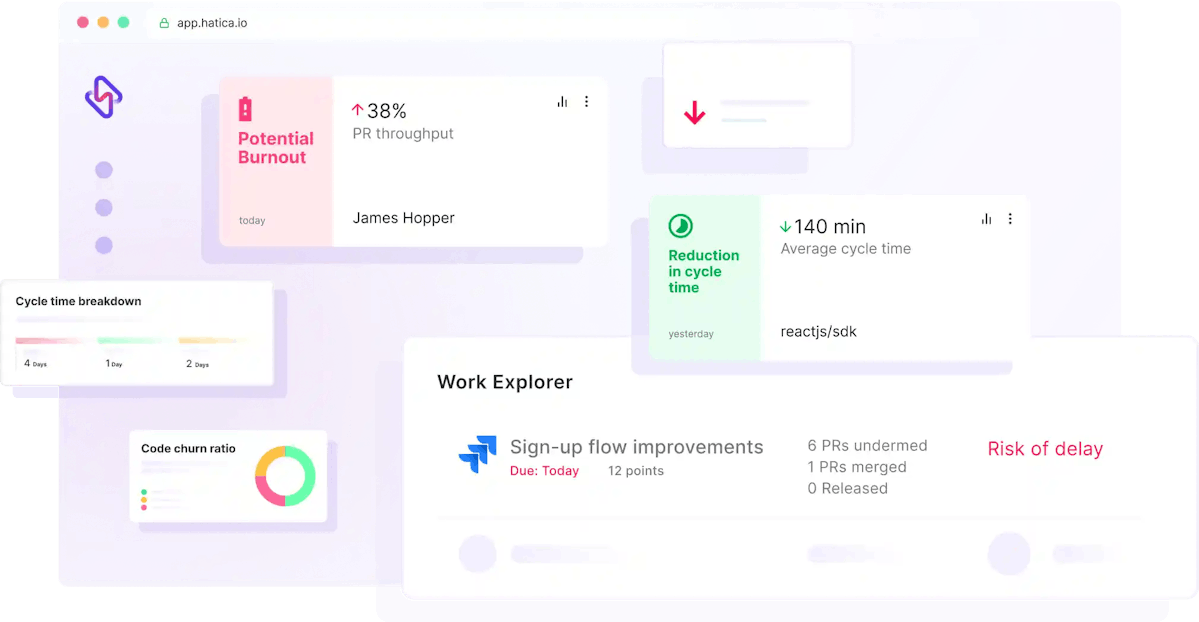A manager walks a delicate tightrope between functions that necessitate diligent oversight of all team activity and functions that require her/him to be an accessible and trustworthy resource. Successful managers are those that have found their zen, balancing involvement in day-to-day team activities without micromanaging, while creating space for creativity and individuality.
In the traditional workplace like a physical office setting, many managers used processes and practices such as check-ins – which were sometimes a simple walk around their team’s cubicles, team stand-ups, face to face meetings, etc., suited to their unique management styles, that helped them stay cognizant of their team’s activities. Staying in the loop allowed managers to build rapport with their team members, understand unique work styles that helped them support individuals’ unique challenges, take the pulse of their team’s morale, all of which equipped them to strengthen their teams to perform effectively.
However, with the rather sudden shift to remote work, enforced by the covid-19 pandemic, and with ongoing large scale adoption of remote and hybrid workplaces as a long-term work environment, managers are grappling with concerns about work silos, invisible work effort and contribution, and a steady upsurge in burnout.
As part of Hatica’s customer research, we worked with several managers who have made the shift to remote and hybrid work from diverse industries, with different project and team capabilities, and with unique managerial principles.
A common pain point that unites these managers is the need to gain visibility into what work is happening in their distributed or remote teams, and more importantly to gain an insightful view into how work is happening in their teams.
We conducted several discussions to understand 1. Why do managers need to be equipped with this knowledge? and 2. What is hampering managers’ ability to stay in the loop of their remote team’s activities?
Here are our top findings:
Why is It Important for Managers to Stay in the Loop?
Better Support and Early Interventions
All teams face professional, task-related, and sometimes social challenges and roadblocks. Good managers can support their teams to handle bottlenecks by providing insights and ideas from experience, by providing better-suited digital infrastructure, or by offering advice and feedback. Oftentimes, managers in the loop can foresee and preempt potential challenges through early intervention. This avoids slip-ups and contributes to building a high-performing team.






